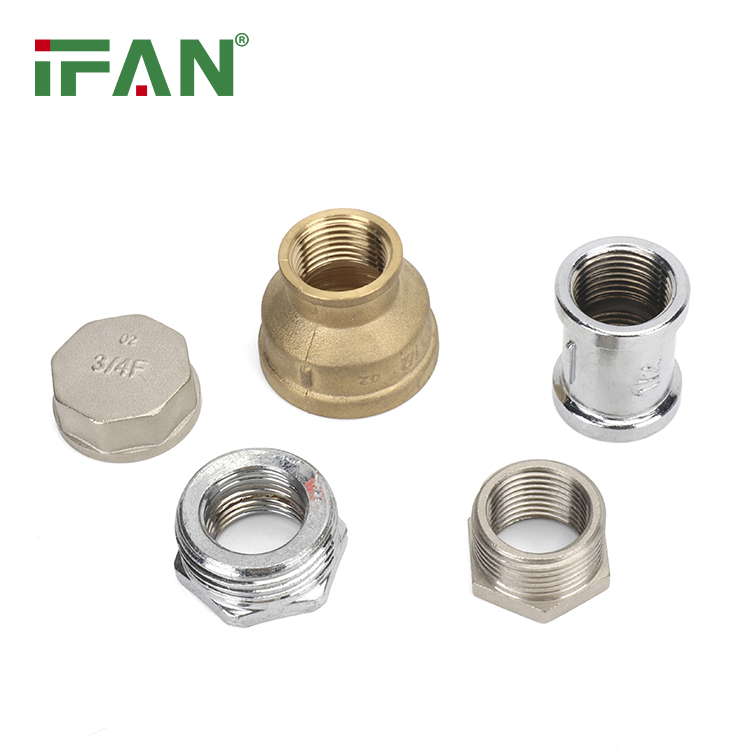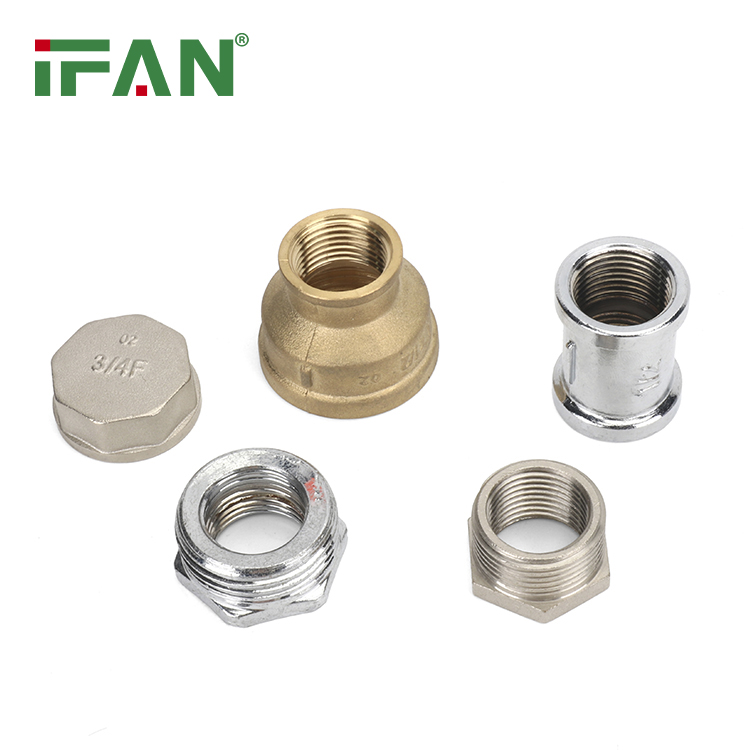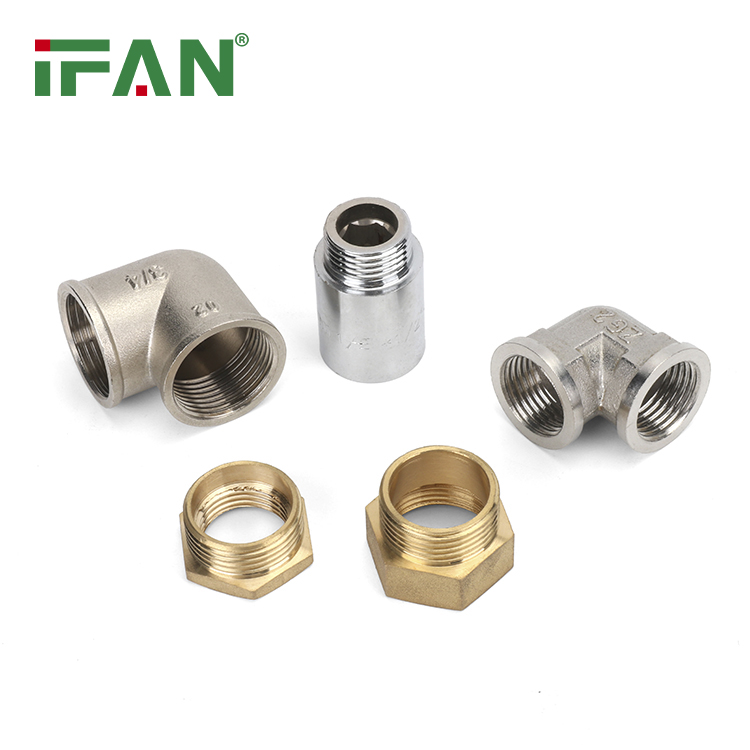How Brass Fittings Provide Reliable and Leak-Free Pipe Connections
When it comes to plumbing, one of the most important things to consider is the quality of the fittings you use. Copper and plastic fittings have their uses, but brass fittings are the gold standard when it comes to durability and reliability. Here are some of the reasons why you should consider using brass fittings for all your plumbing needs.

First and foremost, brass fittings are incredibly durable. They can withstand high temperatures and pressures, and they are resistant to corrosion, which means they can last for decades without needing to be replaced. They are also easy to maintain, as they do not require any special cleaning or treatment.
Another advantage of brass fittings is that they provide a leak-free seal. Because they are made from a single piece of metal, there are no joints or connections that can become weak over time and start to leak. This makes them ideal for use in areas where water leakage could cause serious damage, such as in basements and under sinks.
Brass fittings are also very versatile. They can be used with a wide range of materials, including copper, iron, PVC, and other types of pipe. And because they are so durable, they can be used in a variety of applications, from residential plumbing to commercial and industrial settings.

Finally, brass fittings are an excellent value. While they may be more expensive than plastic or copper fittings, they are much cheaper in the long run because they last so much longer. And because they provide a reliable and leak-free connection, they can help prevent costly water damage and other plumbing problems.
If you are looking for a high-quality, reliable, and long-lasting plumbing solution, brass fittings are definitely worth considering. Whether you are a homeowner, a contractor, or a business owner, they provide the durability and performance you need to get the job done right. So why not give them a try today and see the difference for yourself?






